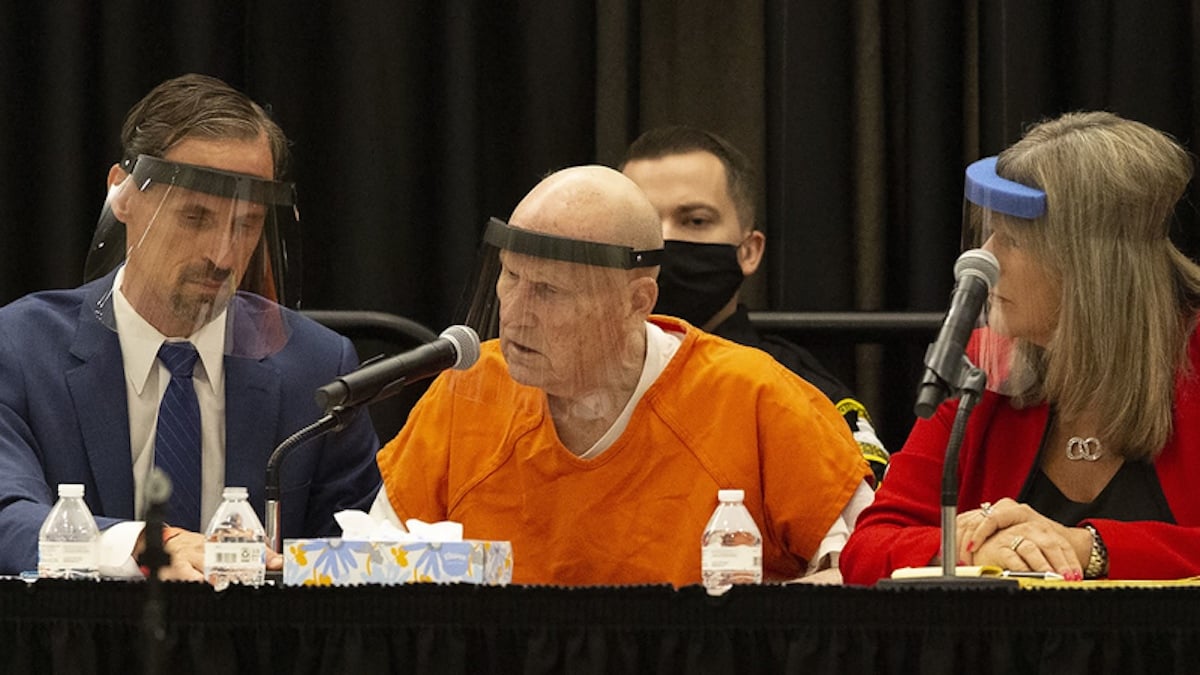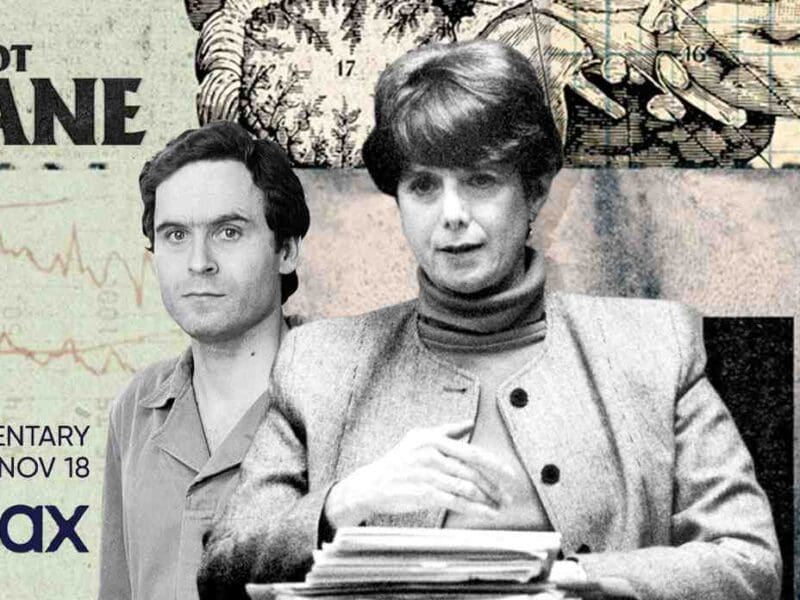
The Golden State Killer just pleaded guilty: What this means for the case
On Monday, a serial killer that eluded police for decades pled guilty in a Sacramento court. Joseph DeAngelo, known for years as the Golden State Killer and the East Area Rapist, spent the 70s and 80s terrorizing California. The Golden State Killer committed countless burglaries, over 50 rapes, and over 13 murders without getting caught.
That is, the Golden State Killer remained at large until detective Paul Holes used DNA from the crime scenes stored in CODIS, the US database for crime suspects’ DNA, and applied it to genealogy websites. Using this novel technique, the case came to a close.
Joseph DeAngelo pled guilty to all thirteen counts of murder. It’s alleged he did so to avoid the death penalty. Despite the reasoning, the hearing in a socially-distanced ballroom at UC Sacramento brought relief and closure to the Golden State Killer’s victims and their families. This is how they got it.

The East Area Rapist
The string of attacks began in the mid-1970s around Sacramento, CA. A serial rapist, later the Golden State Killer, robbed homes and raped women living there. Jane Carson Sandler, the fifth victim, recalled the crime vividly. She and her three-year-old son were tied up, gagged, and blindfolded. Then, the perpetrator sexually assaulted her.
The perpetrator then looted her house, making himself a meal before leaving. When Jane Carson Sandler filed the report, she was told she was the fifth victim of a serial rapist called the East Area Rapist, his name before he was called the Golden State Killer. His crimes were broadcast all over northern California while he was at large.

Threatening voice messages
The mysterious perpetrator’s signatures didn’t stop at his pattern of burglaries and sexual assaults. For years, the Golden State Killer left threatening, creepy voicemails on his victims’ answering machines.
For those who don’t remember the 1970s or 1980s, voicemail was new and caller ID didn’t exist. Anyone, including the Golden State Killer, could look up a phone number in The Yellow Pages, leave a voicemail, and no one would know who the caller was or where it came from.

The East Area rapist becomes the Golden State Killer
In 1980, the crimes around Sacramento suddenly stopped. While it’s a relief at first glance, investigators worried that the East Area Rapist wasn’t stopping, rather, moving on to bigger crimes. Their worst fears were realized when a serial killer emerged around San Francisco dubbed the Golden State Killer.
The Golden State Killer had similar signatures to the East Area Rapist around Sacramento. However, police didn’t connect the crimes until much later when DNA technology was developed.

How Ancestry.com saved the day
For years, the case remained cold. The Golden State Killer was careful to leave no evidence linking him to the crimes. Unbeknownst to him, his relatives left breadcrumbs for law enforcement to follow. They signed up with genealogy companies who collected DNA.
It seems wild at first, but then it makes sense. A detective used genealogy sites like ancestry.com and GED to find a match to the Golden State Killer. He uploaded DNA from the crime scene to find potential matches. Through finding DNA matches, he narrowed the suspect list to Joseph DeAngelo.

Joseph DeAngelo’s double life
Joseph DeAngelo lived in suburban California. In addition to being the East Area Rapist and the Golden State Killer, he was a former police officer. He began his career in Exeter, CA, a small town. He committed the majority of his sexual assaults and the first two murders while working in Auburn, CA.
Joseph DeAngelo’s time as an officer came to an end when he was caught shoplifting dog repellant and a hammer. His supervisor terminated him immediately after he was caught. This was around DeAngelo’s transition from the East Area Rapist to the Golden State Killer.
We have to wonder why, if he was caught shoplifting those items, why he wasn’t linked to the cases earlier. Investigators speculated that whoever the East Area Rapist was had a background in law enforcement due to the efficiency of the crimes. Later, the Golden State Killer’s MO matched the crimes around Sacramento.

Arresting the Golden State Killer
It took nearly twenty years for investigators to use DNA to piece together the Golden State Killer’s identity. After making an undercover profile using the Golden State’s Killer’s DNA collected from a crime scene, they found multiple matches. Based on these match’s identities, investigators had five possible suspects linked to the killings.
These possible leads were determined by the suspects’ ages and connections to California. Of the five, Joseph DeAngelo had the strongest connection. Investigators staked his house and procured a used tissue from DeAngelo from his garbage bin. After a DNA test confirmed the match, they arrested DeAngelo in April 2018.

Unresolved questions
While this case, which was thought to be unsolvable came to a close, some questions remain. Joseph DeAngelo, the Golden State Killer, had a wife and three daughters. How did his family not notice anything and why did they not come forward? His precinct noticed behavior that could have linked him to the crime. Why didn’t they suspect him?
—
If you’re fascinated by the world of true crime, sign up for our newsletter. We’ll send you all the relevant quizzes, articles, polls, and news you could want to your inbox.







